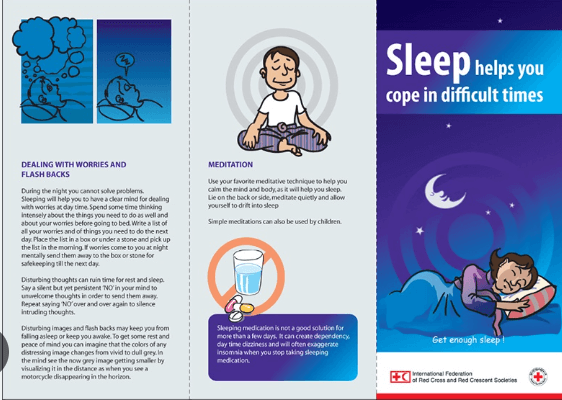Introduction
Eating disorders are usually fatal illnesses which are characterized by abnormal eating habits. Anorexia Nervosa is an example of a common eating disorder that is affecting many young men and women. The symptoms that usually accompany this disorder include abnormal loss of weight, negative body image as well as an unhealthy obsession with food. It is usually a psychological disorder as those who suffer from it have an intense fear of gaining weight. According to Bruch (1962), the thing that is pathognomonic of anorexia nervosa is usually the distortion of body image that is associated with it; victims usually have a dramatic denial of the illness by defending the often gruesome appearance as normal and right. This paper aims to examine the use of evidence-based practices in the treatment of anorexia nervosa. (Follow us)
Evidence-based Treatments
Evidence-based treatment basically refers to treatment that is provided after extensive scientific research has been conducted and documented. This treatment is usually proven to be successful after undergoing research and clinical trials. This means that the psychological tactics employed are often based on scientific evidence. Examples of the evidence-based treatments used in the treatment of anorexia nervosa include; Family-Based Treatment (FBT), Cognitive-Behavioral Therapy (CBT) and Interpersonal Psychotherapy (IP)
Family-Based Treatment
Family-based treatment which is also referred to as the Maudsley method is usually an outpatient form of treatment that involves parents supporting their anorexic children/adolescents to restore their health. Rienecke (2017) reports that family-based treatment has greatly emerged as an effective intervention and is even considered by some to be the best treatment of choice for adolescents suffering from anorexia nervosa who are medically stable and fit for outpatient treatment. Parents are usually the people who know their children best and therefore they have the ability to facilitate parental management in the treatment program for their affected children. This form of treatment is usually done in phases as it takes time for an adolescent with anorexia nervosa to restore their health since there is no known medication that can be used as a cure at once. The only medications that can be provided are antidepressants in cases where the patient is also depressed. Parents fully engage in the treatment process and siblings are also encouraged to provide support.
The first step focuses on the restoration of the health of the person suffering from the eating disorder. This phase is mostly orchestrated by parents mostly because a person suffering from anorexia nervosa may be unwilling to take the initiative to get well. Many people suffering from this order believe that nothing is wrong with them and usually refuse treatment. Parents can play a huge role in encouraging the patient to seek appropriate treatment for instance by reasoning with them that an eating disorder can be a fatal illness. Different parents often use different approaches to convince the sufferer to seek treatment based on how they relate with their children and which approaches work best. For instance, a parent can use leverage on a child to get them to accept treatment if they are still financially dependent on their parent. Certain types of support can be offered by the parent on the condition that treatment is accepted.
Once a sufferer of this disorder has accepted treatment, the treatment program is initiated to allow the patient to progressively recover while going on with their everyday life. This treatment program enables a patient to continue receiving treatment while still at home instead of sending the person to a residential training facility away from his/her loved ones. The responsibility of making food decisions is solely given to the parent who has to decide what kind of food the patient will eat when it is eaten and when. The parent basically has to assimilate what is done in an inpatient treatment program including cutting down on the physical activities of the patient. This phase is continued until the person undergoing treatment begins to steadily gain weight and can eat on their own without being forced by their parent. At this point, the eating disorder begins to lessen. Parents are usually advised to take an uncritical approach when dealing with the anorexic person. According to Grange & Lock (2005), the Maudsley Approach adheres to the tenet that the adolescent is not to blame for the challenging eating disorder behaviors, but rather these symptoms are mostly outside of the adolescent’s control and therefore parents should at no point be critical of the child.
The second phase of the family-based treatment focuses on taking steps to gradually return control over eating to the child in an age-appropriate manner. The recovering anorexic adolescent/child is encouraged to make healthy decisions in regards to their meal intake. For instance, the child is allowed to serve their own food however with supervision from the parent. A parent can add food to the serving if they feel that the food is too little or inadequate so as to avoid a relapse. In this stage, parents often encourage their children to eat more than they initially intend to eat so that eating more food can be incorporated into their eating habits. Parents are however discouraged from forcing their children to eat as this can be met with resistance. Therapy and training are offered to parents to coach them how to firmly but compassionately support their child during meal times. Parents have to be exceptionally patient with the recovering child despite it being a disconcerting process in order to maintain the recovery achieved.
The final phase focuses on ensuring that the family is able to go on with their normal lives and routines and that the child/adolescent is successful in establishing a healthy identity. This final phase is only initiated when the adolescent is able to sustain good weight and that their self-starvation habits have stopped. Issues that the adolescent is likely to face are also addressed and how he/she can successfully overcome and cope with the issues so as to avoid a possible relapse.
(You can get a similar assignment by following the link below)
(Order Custom Essay)





